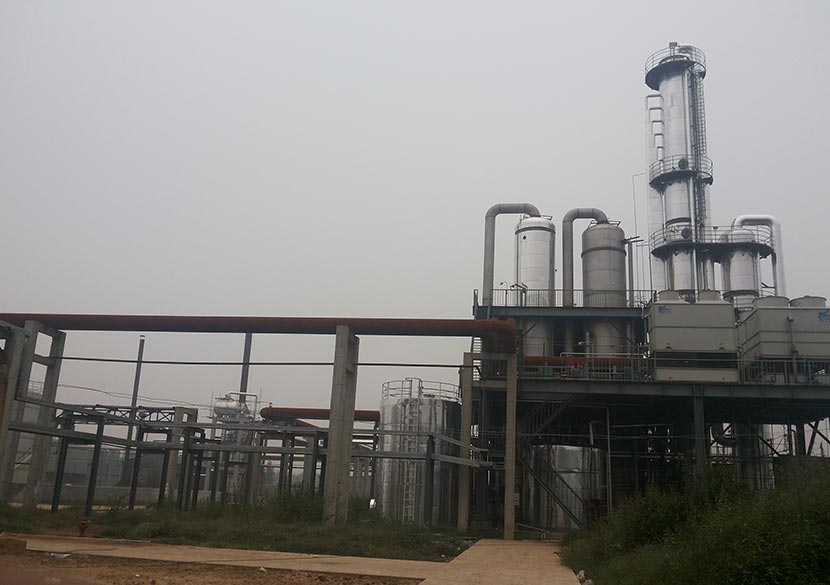Comparing The Different Formaldehyde Production Processes
Jan. 29, 2019
Formaldehyde is a key raw material for producing value-added chemicals like melamine, urea-formaldehyde and phenolic resins. The most common product is at a 37% aqueous solution, however, concentration is often as large as 57 percent. Now, there are two Formaldehyde Production Process within an industrial scale: oxidation-dehydrogenation employing a silver catalyst, between both incomplete or complete conversion of methanol; and also the direct oxidation of methanol into formaldehyde using metal oxide catalysts (Formox process).
An important ingredient in the chemicals used to produce resins, adhesives, plywood and particleboard, insulation, and lubricants, formaldehyde is produced commercially by the Silver Catalyzed Formaldehyde Plant of methanol. The production of formaldehyde from methanol using a silver catalyst is performed at high temperatures and yields formalin, a 37% solution of formaldehyde in water. In a Formaldehyde Production Silver Process, a catalyst of iron oxide is used with molybdenum or vanadium, also often yielding formalin, but it also can be optimized to produce concentrations up to 57%. The higher concentration can reduce transport and storage costs and can be later diluted to the desired concentration. A formaldehyde production process that uses metal oxide catalysts is considered more advanced and is common in high volume, high technology manufacturing facilities. One common metal oxide catalyst formaldehyde production method is the The Formox process.















